Making its debut at the 1976 Geneva Motor Show, the Navajo became the last in a series of concepts based on the competition-derived Alfa chassis, which included Italdesign’s Iguana, Bertone’s Carabo, and a trio from Pininfarina. By this time, the 33 Stradale was all but obsolete – but Nuccio Bertone’s penmanship gave the Navajo a body that pre-empted both the character and colour of the Colonial Vipers from 1978 sci-fi series Battlestar Galactica.
Method in the maths
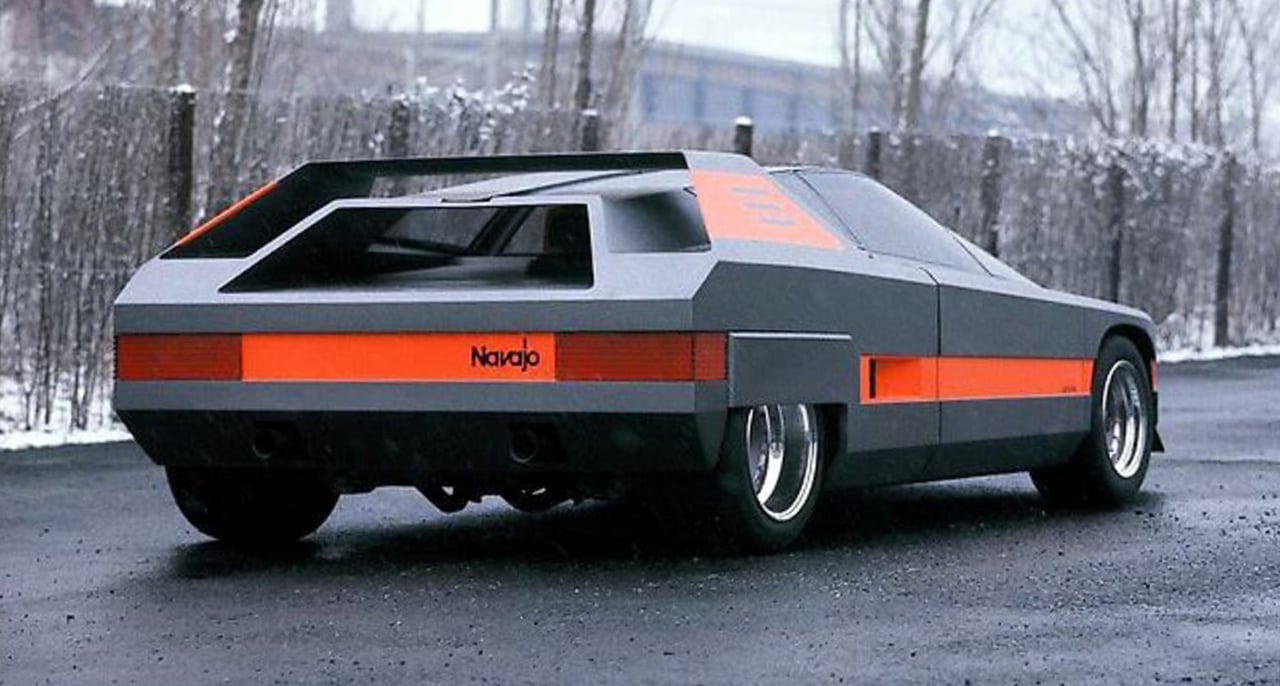
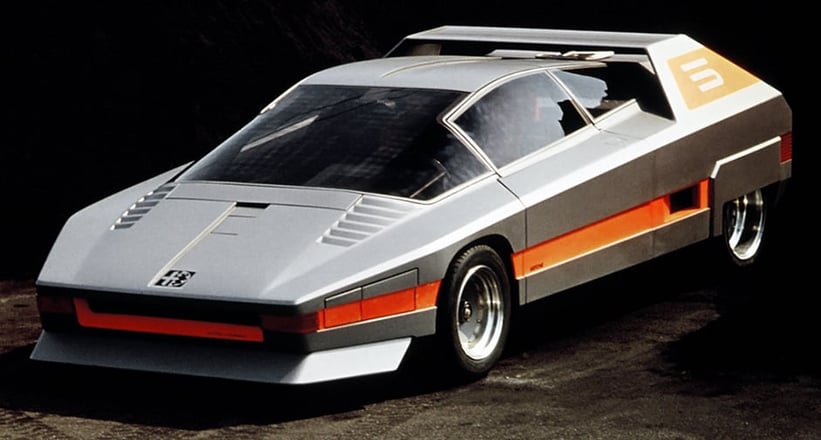
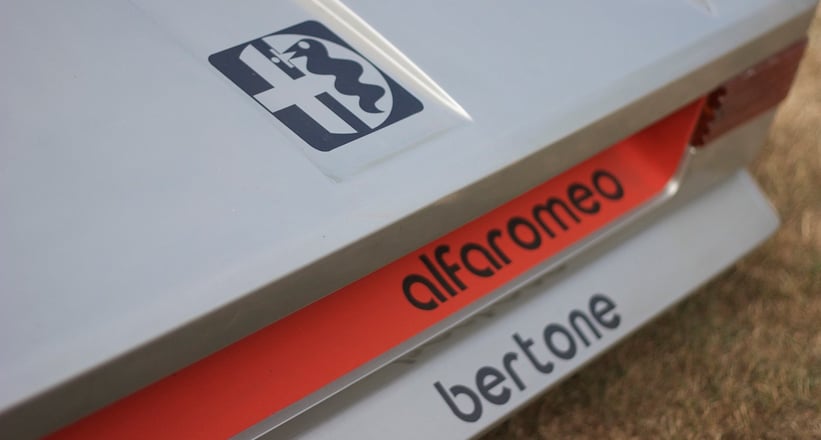
Taking the wedge profile in vogue earlier that decade, Nuccio applied the latest aerodynamic principles. Active spoilers complemented the tapered body; both the front splitter and the top section of the rear wing would adjust automatically according to speed. The latter incorporated an isosceles trapezium when viewed from the side – a feature ‘borrowed’ from Giugiaro’s Alfa Romeo Caimano concept of 1971. But Nuccio developed the use of this shape, the inner of the Navajo’s two rear trapezoids being used to draw hot air away from the 2.0-litre V8 mounted behind the passengers.
Design trendsetter

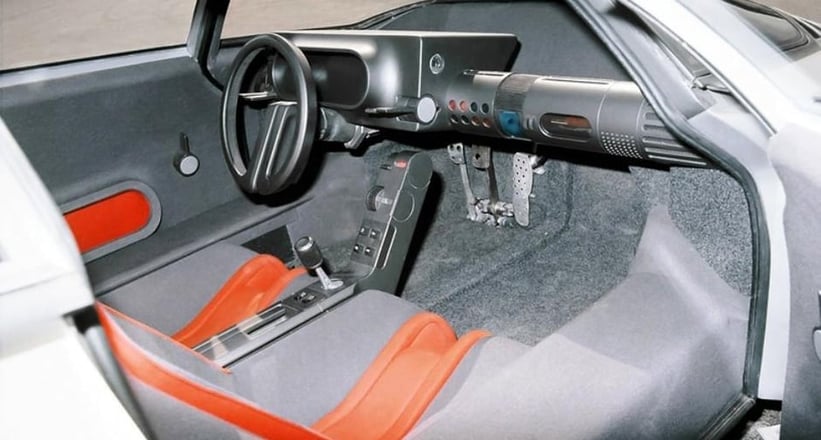
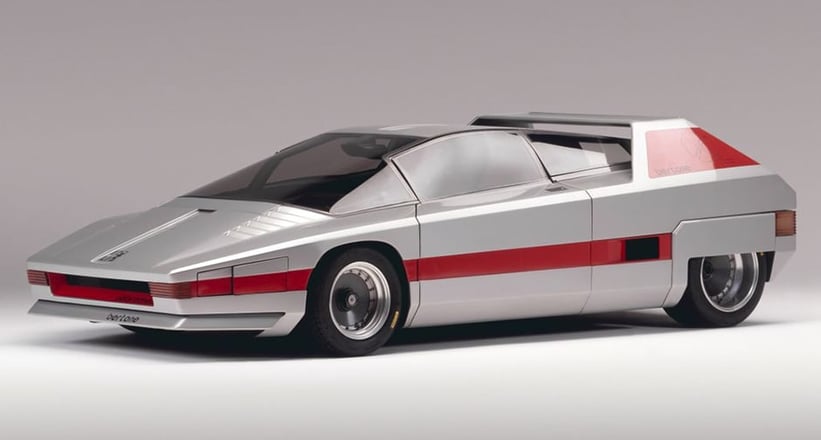
The pop-up headlights becoming trendy at the time could be found at the front – but, being a design trendsetter in his own right, Nuccio had them emerge laterally from the front wings. Further flourishes could be found inside, where a ‘floating’ centre console intersected the pair of fixed glassfibre seats. Comfortable it wasn’t, but innovative it was – hence the reason it can hold its own stylistically alongside its most famous industrial contemporaries, and sci-fi’s finest.
Photos: Alfa Romeo / Bertone













